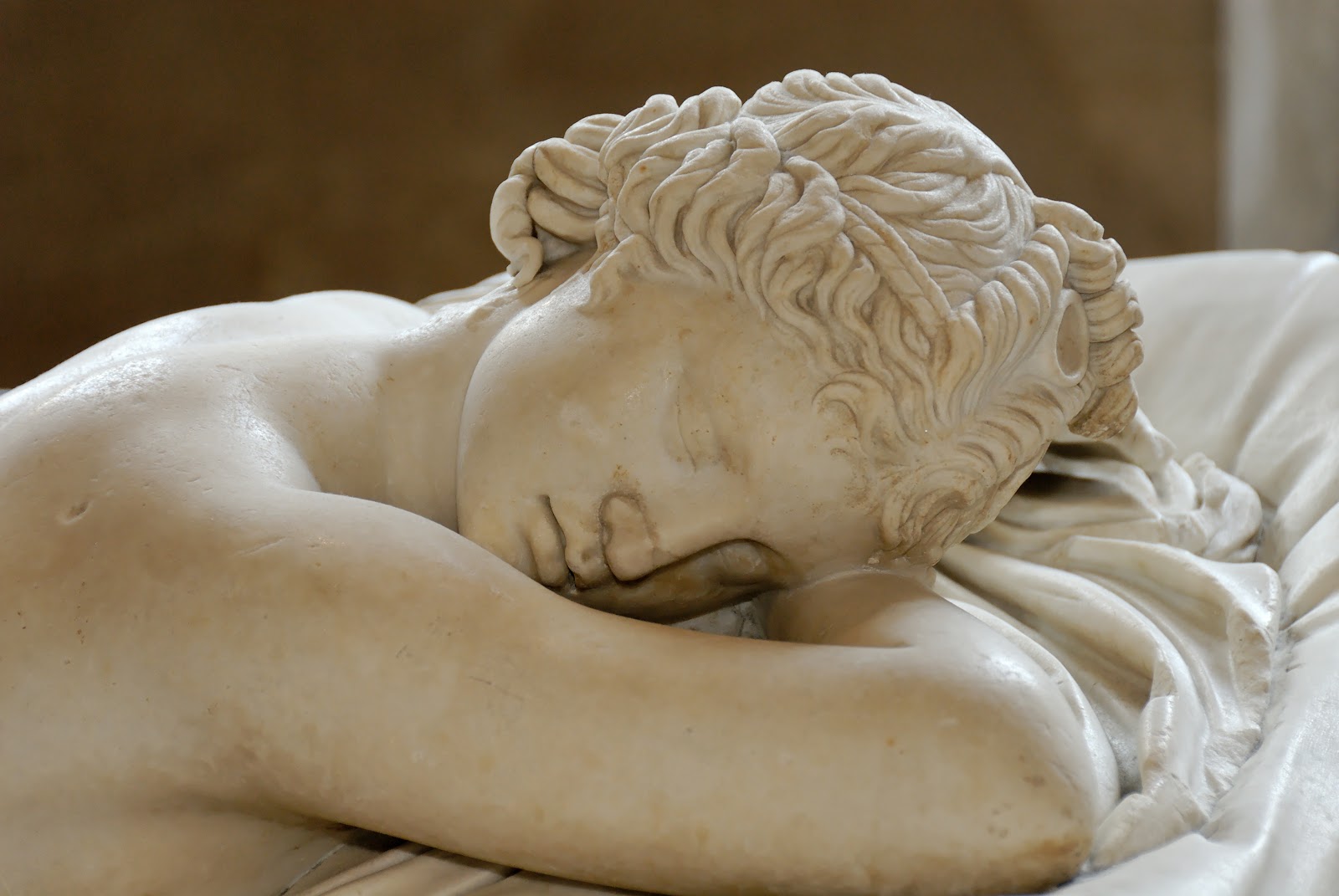• "Un'opera d'arte per divenire immortale deve sempre superare i limiti dell'umano senza preoccuparsi né del buon senso né della logica".
• "L'arte deve creare sensazioni sconosciute in passato; spogliare l'arte dal comune e dall'accettato... sopprimere completamente l'uomo quale guida o come mezzo per esprimere dei simboli, delle sensazioni, dei pensieri, liberare la pittura una volta per tutte dall'antropomorfismo... vedere ogni cosa, anche l'uomo, nella sua qualità di cosa.".

.jpg)
.jpg)
















.jpg)
.jpg)



















